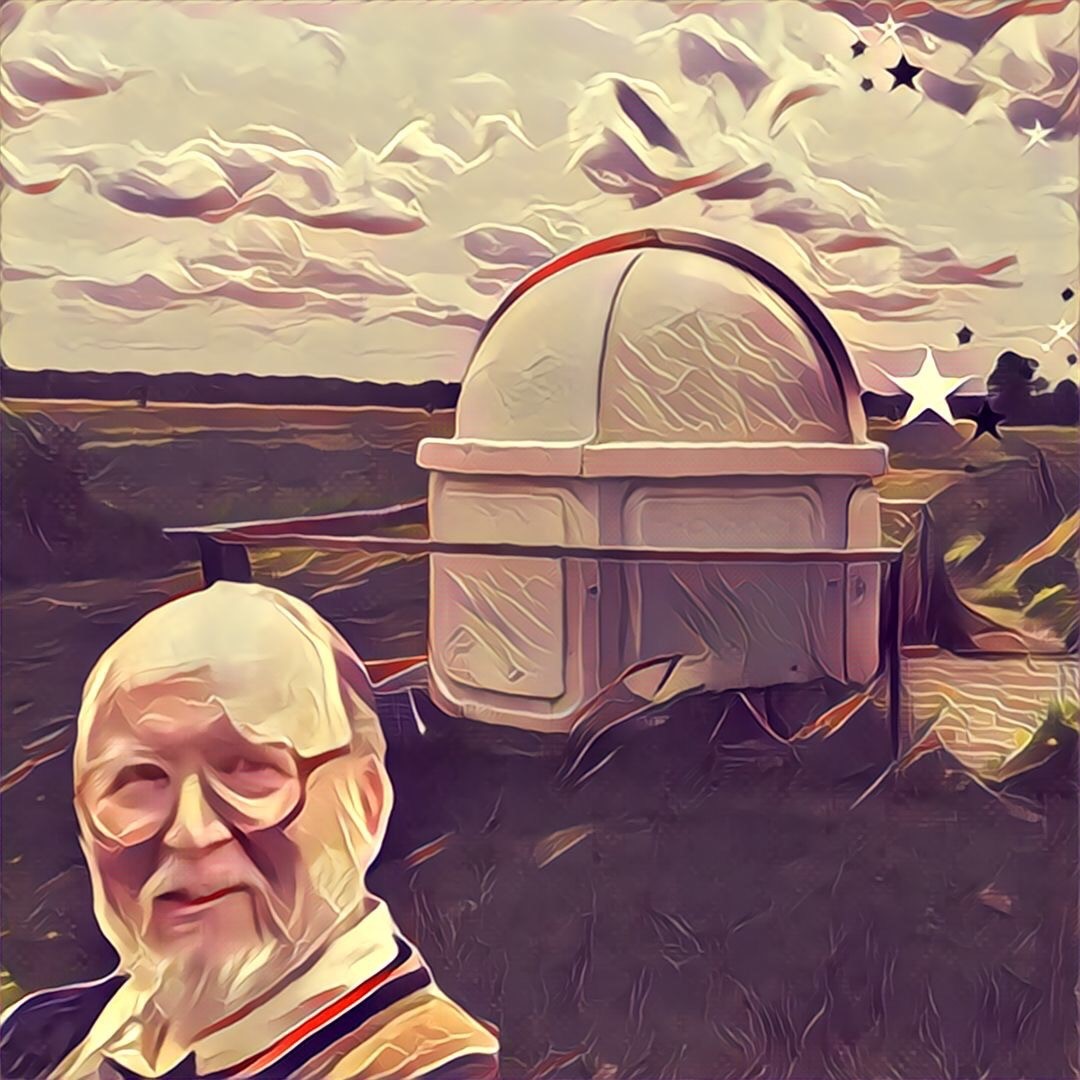For Star-Gazers, September Brings New Night Sky
The month of September marks manychanges. For skywatchersit means the passing of the season's trademark Summer Triangle of starsand thearrival of the autumn constellations.
Flying high in the autumn sky isthe mythical winged horsePegasus.
Although one of the largestconstellations in area, itboasts no bright stars. Its most noticeable star pattern is the GreatSquare of Pegasus: four second magnitude stars marking thebody of thehorse. Ironically, the brightest of those stars, Alpheratz, isn't evenanofficial member of the Pegasus constellation, being part of theneighboringconstellation Andromeda.
Thissky map shows some of Septemberconstellations visible in the nightsky, along with the planets Jupiter and Uranus.
The brighteststar in Pegasus isn't part of the Square: it is Enif, theArabic word for "nose."It marks the head of Pegasus, off to the west.
Surrounding Pegasus on three sidesis a strange assortmentcosmic objects named after mythical sea creatures.
To the west of Enif,half way to the star Altair in the constellation Aquila, isDelphinus the Dolphin ? one of the few constellations whichactually resemblesits namesake. Below Pegasus are three of the least prominent members ofthezodiac constellations: Capricornus, Aquarius, and Pisces.
Breaking space news, the latest updates on rocket launches, skywatching events and more!
There's not a bright star in thelot.
As you look further south, you cansee Piscis Austrinus,the southern fish, with the only bright star in the region: Fomalhaut.Fomalhaut, which is 25 light-years from Earth, made headlines in 2008as one ofthe first stars to observed to have a planet that was directlyimaged with telescopes.
To the east of Fomalhaut is anotherhuge dimconstellation, Cetus the Whale, with the only other brightish star inthe area,Deneb Kaitos, which means the tail of the whale. Cetus also containsthevariable star Mira. Currently this star is too faint to be visible withthenaked eye, but over the next few months it will start climbing inbrightnessuntil it becomes one of the brightest stars in this constellation.
Normally this sea world is a dimand mysterious place,with only one bright star, Fomalhaut. But this year it is enlivened bya visitfrom the giant planet Jupiter, right on the border between Pisces andAquarius.
With the aid of binoculars or a smalltelescope, you may be able to spot two more planets, Uranusand Neptune.Also located in this area, but far beyond the range of amateurtelescopes, isthe dwarf planet Eris.
Moving slowly through theconstellation Cetus. Eris is aKuiper Belt Object, one of the most recent discoveries in the solarsystem. Itis larger than Pluto and farther from the sun.
- AmazingNight Sky Photos of Planets
- Telescopesfor Beginners
- Observingthe Night Sky: Getting Started
Thisarticle was provided to SPACE.com by Starry NightEducation, theleader in space science curriculum solutions.

Geoff Gaherty was Space.com's Night Sky columnist and in partnership with Starry Night software and a dedicated amateur astronomer who sought to share the wonders of the night sky with the world. Based in Canada, Geoff studied mathematics and physics at McGill University and earned a Ph.D. in anthropology from the University of Toronto, all while pursuing a passion for the night sky and serving as an astronomy communicator. He credited a partial solar eclipse observed in 1946 (at age 5) and his 1957 sighting of the Comet Arend-Roland as a teenager for sparking his interest in amateur astronomy. In 2008, Geoff won the Chant Medal from the Royal Astronomical Society of Canada, an award given to a Canadian amateur astronomer in recognition of their lifetime achievements. Sadly, Geoff passed away July 7, 2016 due to complications from a kidney transplant, but his legacy continues at Starry Night.
